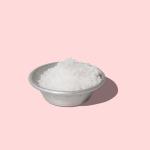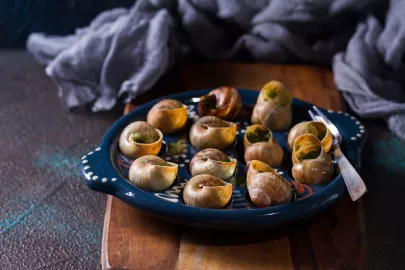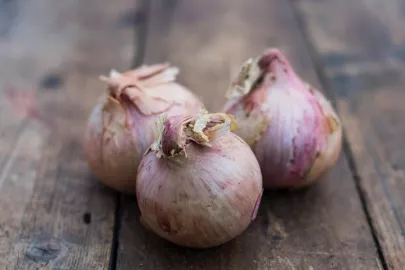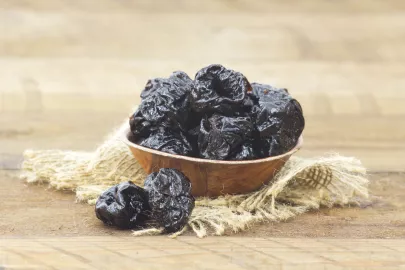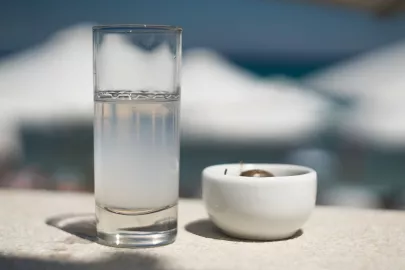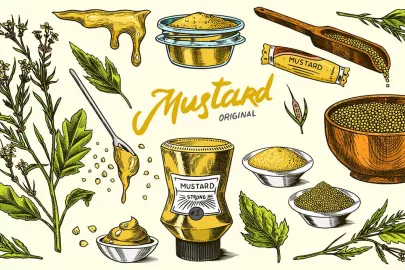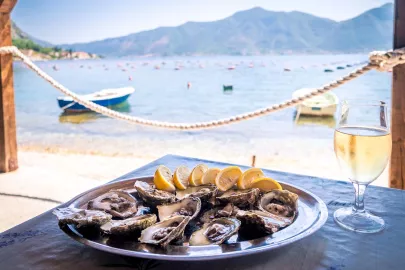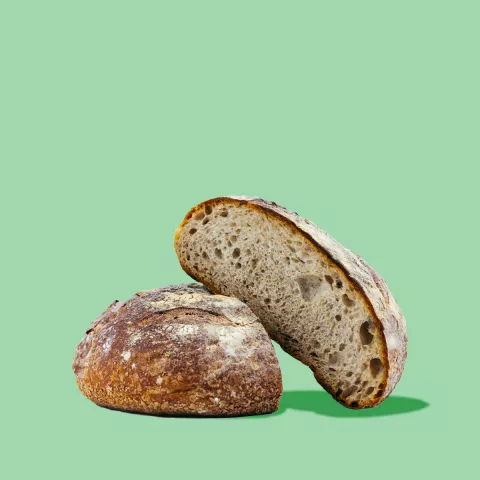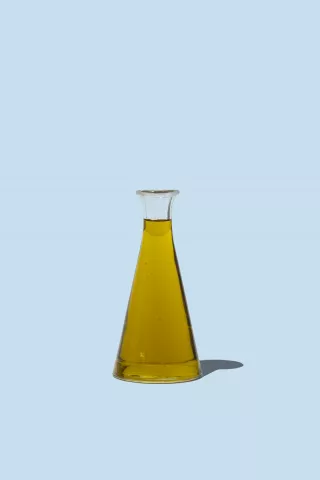That memory comes back to me whenever I let a delicate flake of Fleur de Sel sea salt from Guérande melt on my tongue. That salt flake tastes of the beach and the ocean, of those carefree days of my childhood.
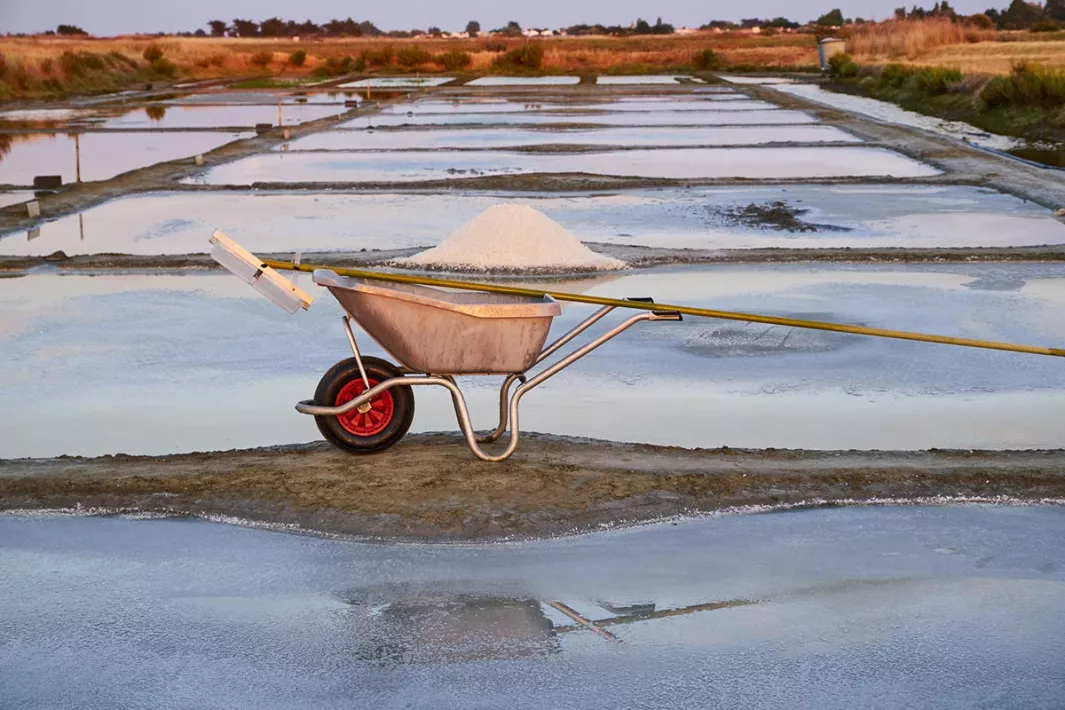
As a child at the beach, it was the best thing ever. An endless summer on France’s Atlantic coast, my hair turned light and straw-like under the white sun, breathing in the warm, mineral, dry air whilst I waited in the water for the next wave. Waves, big waves were everywhere, they seemed to come not only from in front of me but from left and right. Between them swirled rushing, sucking watery valleys in which sparkling, frothy bubbles rose up. In I went, diving into the next wall of blue-green water, twirling with the force of the sea. Later on the beach, the salty taste of the sea still lingered on my lips.
What does salt actually taste like?
Sensory experts are less romantically disposed when it comes to assessing and tasting salt. They judge it first and foremost on intensity, aroma and persistence. The size and texture of the crystals, as well as the mouthfeel, are also analysed and classified. Salt can smell clean or musty and bitter. It can taste mild, sharp or pungent and of algae, clay or soil. The Guérande salt flake is snow white and crunchy, with a mild, long-lasting saltiness that takes you right back to the ocean. This is because salt, like wine, always represents its origins, the terroir, that interplay of geographical location, water, wind and sun.
Guérande salt – prized for more than 2,000 years
On the coast of Guérande, a town on the peninsula of the same name in the Pays de la Loire region of Brittany, are France’s most famous salt marshes. This is where coarse salt, or Gros Sel, and delicate Fleur de Sel are extracted from the waters of the Atlantic. The history of salt works on the peninsula stretches back 2,700 years; Brittany’s “white gold” was a sought-after luxury product as early as Roman times. It was coveted not only for its seasoning properties but particularly for its preservative effect, for example for salting fish or curing meat. Later, salt was transported from the channels of the salt marshes as far as the borders of the then German empire to be sold. This brought early prosperity to the Bretons, with the salt works always being passed on to the next generation in accordance with rules on succession. In the 1960s, traditional salt harvesting in Guérande faded increasingly into obscurity in the face of advancing industrialisation and the resulting exodus of young people from the countryside to the larger towns and cities. It was the so-called babacools, the dropouts and hippies in search of a life in touch with nature, who rediscovered the old man-made landscape in the 1970s and revived the traditional salt harvesting techniques with the help and knowledge of the older generation. Today, more than 80% of manually harvested Atlantic sea salts come from here.

How Guérande salt is harvested
Sea, sun, wind and craftsmanship come together to create this exceptional sea salt in a wetland long ago wrested by man from the Atlantic. Out of the clay soil came not only the salt marshes, glistening in the sun with their 7,000 crystallisation ponds, but all around them this ecologically unique, natural landscape with its very own protected flora and fauna. Between the headlands of Pen Bron and the coast of the quaint fishing village Le Croisic is a large reservoir that the supplies the ètiers, the channels of the salt marshes, with water in tandem with the tides. In the harvesting ponds known as oeilettes, the sun and wind cause the water to evaporate and the sea salt begins to crystallise on the bottom of the ponds. The salt farmer or paludier uses a kind of shovel known as a cimauge to drag the salt to the edges of the 10-40 cm-deep pond, where it is allowed to dry in direct sunlight for another day in special recesses. The bottoms of the oeilettes themselves must never be allowed to dry out completely, and therein lies the great art of the salt farmer: he works continually to regulate the water level perfectly and maintain a constant salt concentration in the channels and ponds – taking into account the weather, number of hours of sun and wind strength. Harvesting begins in June at the earliest and lasts until September, throughout the rest of the year the farmers are busy keeping the ponds clean and level.
That’s how we get Gros Sel (also: Sel Gris), which has a light grey colour that is due not to impurities but rather the tiny particles of algae and plankton that give this sea salt all its flavour – including that natural “full-bodied” umami taste! The snow-white, tenderly flaking salt crystals of Fleur de Sel are the finest way to enjoy unrefined sea salt. This is the so-called flower of salt that forms on the calm surface of the seawater in the sunshine. That process takes place in special seawater ponds on which the flower of salt only blooms in optimal weather conditions (lots of sun, gentle wind, low air humidity) and is carefully skimmed off by hand.
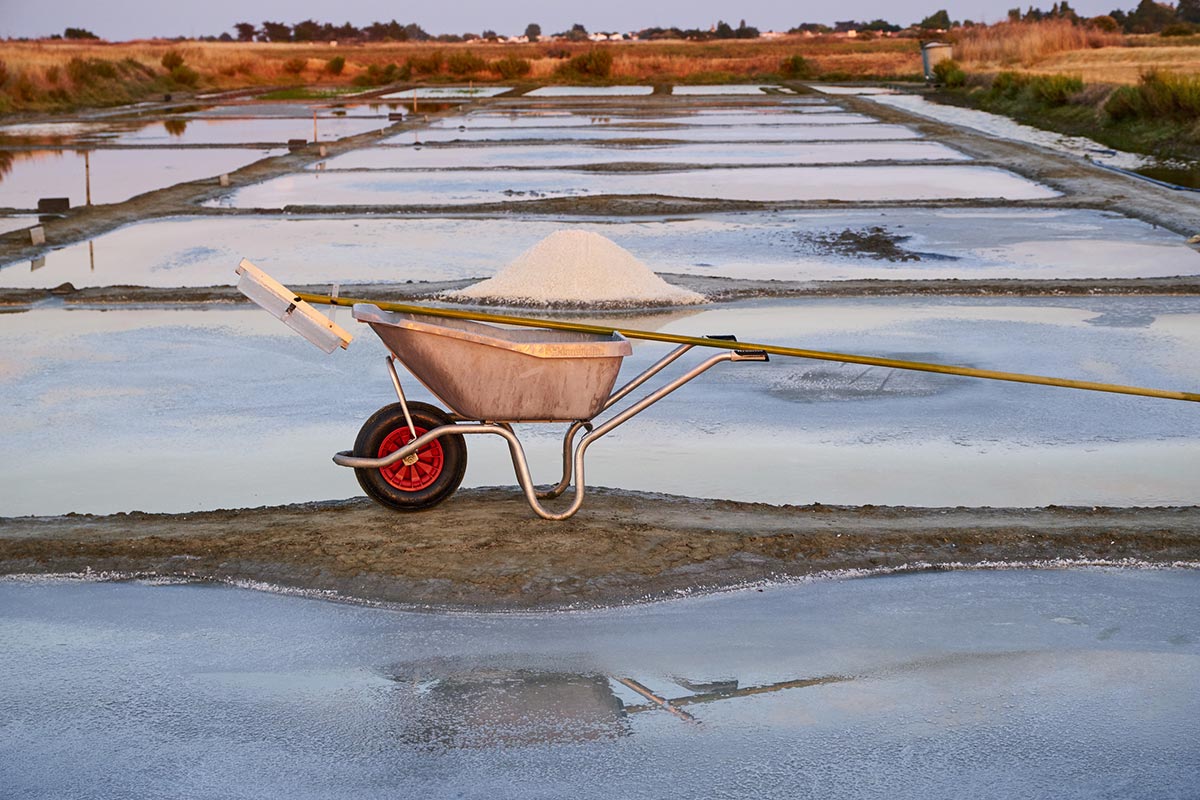
Guérande sea salt – quality controlled
“Sel de Guérande” and “Fleur de Sel de Guérande” have been specially protected by the European PGI (protected geographical indication) label since 2012, which guarantees the origin and quality of salts from Guérande. Accordingly, the salt farmers of the “Les Salines de Guérande” co-operative produce unwashed, additive-free, regional sea salt by hand and under strict controls.
Cooking with Guérande salt
I almost always use sea salt in my cooking. Not only because of its flavour and high magnesium and trace element content – I just like it better than table salt or rock salt… probably because I love the sea so much! Having said that, two types of sea salt are really all you’ll ever need. A good coarse sea salt doesn’t cost the world these days and is a good all- purpose, everyday cooking and table salt. You can even use it for seasoning water for cooking or for baking fish in a salt crust. As for precious Fleur de Sel, I recommend just using it to sprinkle over a dish and as a finishing salt, in other words as a final seasoning and to elevate vegetables, steaks, grilled fish or a fine dessert dish.
3 basic tips for using sea salt correctly
-
Different salts dissolve at different speeds and sometimes take time to disperse. Always go easy on the salt to start with – it’s better to add more later than to add too much. Temperature makes a difference as well: a dish that has been salted to taste whilst cold might be too salty after heating. Be especially careful with sauces and stews that reduce down during cooking; only add a very small amount of salt to begin with.
-
Food should always be salted rather than salty, an old cooking adage to which I would like to add the following: sometimes a good amount of salt can really make a dish special, for example a hearty stock, boiled potatoes, seafood or roasted chicken skin.
-
I’ve added too much salt, what shall I do? Bulk out the dish and/or dilute it if you can by adding mild or fatty ingredients like cream or crème fraîche. Fatty (and to some extent, acidic) ingredients are suitable for balancing out unwanted saltiness. Starchy additions (unseasoned pulses and raw potato slices cooked with your dish) also bind salt well retrospectively.
Contributor

Editor

